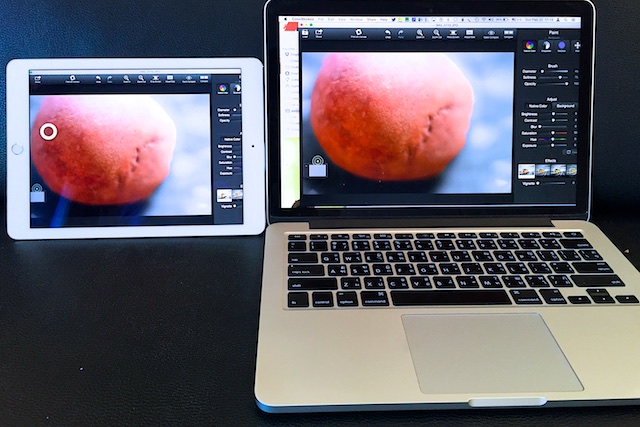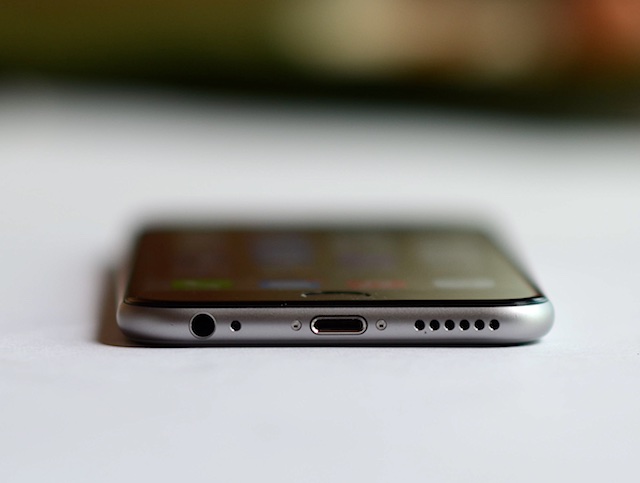Cassandra: Wifi Speed Shortcomings for Home and Office Use

AMITIAE - Monday 23 February 2015
|
Cassandra: Wifi Speed Shortcomings for Home and Office Use |
 |
|
|
By Graham K. Rogers
I took both the iPad and the Mac to the office in my backpack when I went on Monday morning, so gave it a run there, with disappointing results. The connection screen did not appear right away and, once the link had been made, it was like working in treacle. A brush stroke on the iPad screen, only showed me a red input line and then a second or so later the input would appear on the Mac, then after a further delay (albeit brief) the same brush line would appear on the iPad. While I described my initial experiences at the weekend as "impressive" this was now far from the case.

When I returned to my office with my colleague, we looked at the various networks that were available, using the more-detailed display that appeared when I clicked on the wifi icon in the menubar of the Mac while pressing the Option key. The wifi router I was connected to was at the top of the menu and that showed 802.11g. As I held the mouse over the other networks listed, only two were shown as connecting via 802.11n. The rest were 802.11g, including a network that had been installed a few days earlier using a ToT optical link: the pipeline was being throttled. Whoever set up that network had connected the fast link via a Forth router that wheezed along with the g standard.
[The technical input here came in part from the useful Wikipedia entries on the 802.11 wifi standards.]
A year or so ago, I bought an Apple wifi router that uses the 802.11ac standard. Devices being announced by Apple at that time were able to use the connection speeds, although the iPhone 5 could not and it was another year before the iPhone 6 would use these faster speeds.

Of these, I could identify 3 as True wireless and these were all 802.11g routers. A single ToT wireless connection was via 802.11n, while similarly a 3BB link was also 802.11n. One of the True routers I could identify was mine, although I never use this: I connect the Apple router to the True device via an Ethernet cable. This also solves a problem with ports that Apple devices need to be open to synchronise: True technicians had been unable to grasp the concept. A local writer on technology has a similar solution: he connects via an Asus dual-core with 802.11ac which he claims makes a difference with VPN use.
Although some internet providers do have more recent routers for their paying customers, it appears that True (there may be others) are supplying their customers with technology that is some 12 years old.
Local users deserve better than cheap outdated routers if they want to use their modern devices to the full.
Graham K. Rogers teaches at the Faculty of Engineering, Mahidol University in Thailand where he is also Assistant Dean. He wrote in the Bangkok Post, Database supplement on IT subjects. For the last seven years of Database he wrote a column on Apple and Macs. He is now continuing that in the Bangkok Post supplement, Life. |
|

For further information, e-mail to
Back to
eXtensions
Back to
Home Page